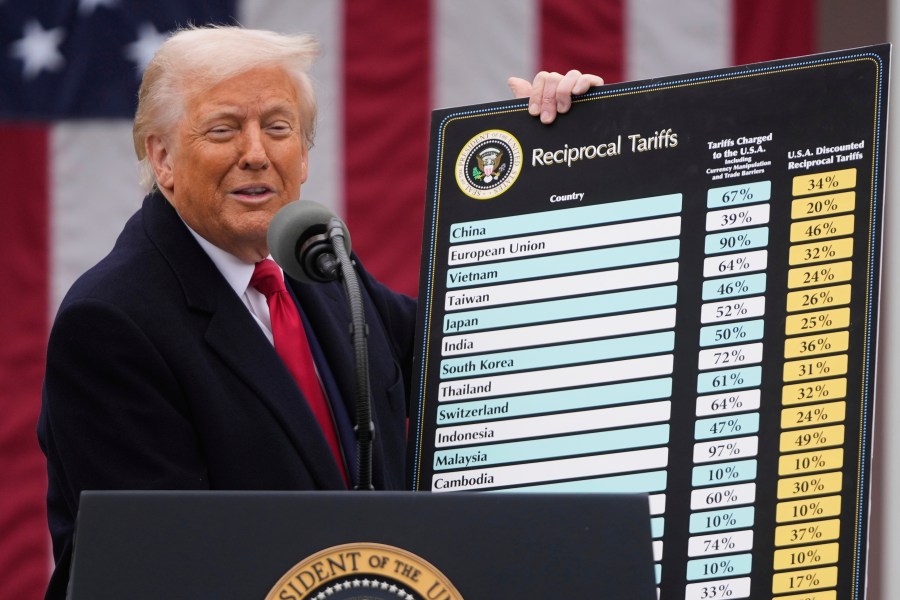The Supreme Court is set to make a pivotal ruling regarding former President Donald Trump‘s use of emergency powers to impose tariffs on a range of imports. This decision follows a series of lower court rulings deeming Trump’s actions illegal, raising significant political and financial implications for the United States. The case, argued on September 2023, marks the first time the justices will issue a final verdict on a tariff policy instituted during Trump’s presidency.
Trump’s tariffs, a key element of his economic and foreign policy, have generated considerable revenue, with the government reporting collections of $195 billion through September. The former president has warned that a ruling against him could be a “disaster,” underscoring the high stakes involved.
The Legal Landscape of Tariffs
Tariffs function as taxes on imports, levied on companies that bring goods into the country. These costs can ultimately be passed on to consumers, impacting pricing and market dynamics. The Constitution grants Congress the authority to impose tariffs; however, Trump has argued for expansive presidential powers under the International Emergency Economic Powers Act of 1977. He invoked this act to justify tariffs on Canada, Mexico, and China, claiming a national emergency due to illegal immigration and drug trafficking.
In April 2023, Trump expanded tariffs globally, asserting that the United States’ trade deficits constituted a national emergency. These unilateral actions have faced legal challenges, with various businesses and states filing lawsuits against the tariffs in federal court. The challenges have yielded favorable rulings from a specialized trade court and a Washington district judge, both concluding that Trump could not substantiate his use of emergency powers for tariff imposition. Despite these rulings, the tariffs remain in effect as legal disputes continue.
The Supreme Court’s Approach
The appeals court employed the “major questions” doctrine, a legal principle that necessitates clear congressional authorization for matters of significant economic and political consequence. This doctrine has previously influenced the Supreme Court’s decisions, including the rejection of several Biden administration policies related to the COVID-19 pandemic.
The potential financial impact of the tariffs is substantial, with estimates suggesting they could generate $3 trillion over the next decade, far exceeding the stakes of previous cases. The challengers to Trump’s tariffs have highlighted writings from Trump-appointed justices, including Amy Coney Barrett, Neil Gorsuch, and Brett Kavanaugh, in their arguments. Barrett, for instance, illustrated the need for clarity in authority, likening it to a babysitter’s permission to spend money. She emphasized that vague instructions could not justify expansive actions.
While Barrett and Gorsuch have expressed concerns regarding presidential overreach, Kavanaugh has suggested that foreign policy and national security issues may permit broader executive powers. Some dissenting judges have maintained that the emergency powers law allows for greater presidential latitude, complicating the legal landscape.
Additionally, businesses challenging the tariffs are raising a novel legal argument that Congress cannot constitutionally delegate its taxing authority to the president. This “nondelegation principle,” though rarely invoked in modern times, may find a receptive audience given Gorsuch’s previous dissenting opinions on similar issues.
The Supreme Court’s swift decision to hear this case, with arguments scheduled just two months after agreeing to take it on, indicates urgency. High-profile cases typically take months to resolve, but recent examples show that the court can expedite its process when necessary, as seen with a recent ruling on TikTok.
The outcome of this case will have lasting implications for economic policy, presidential authority, and the balance of power between Congress and the executive branch. As the justices prepare to deliberate, the nation awaits a landmark decision that could reshape the future of tariffs and trade in the United States.








































































